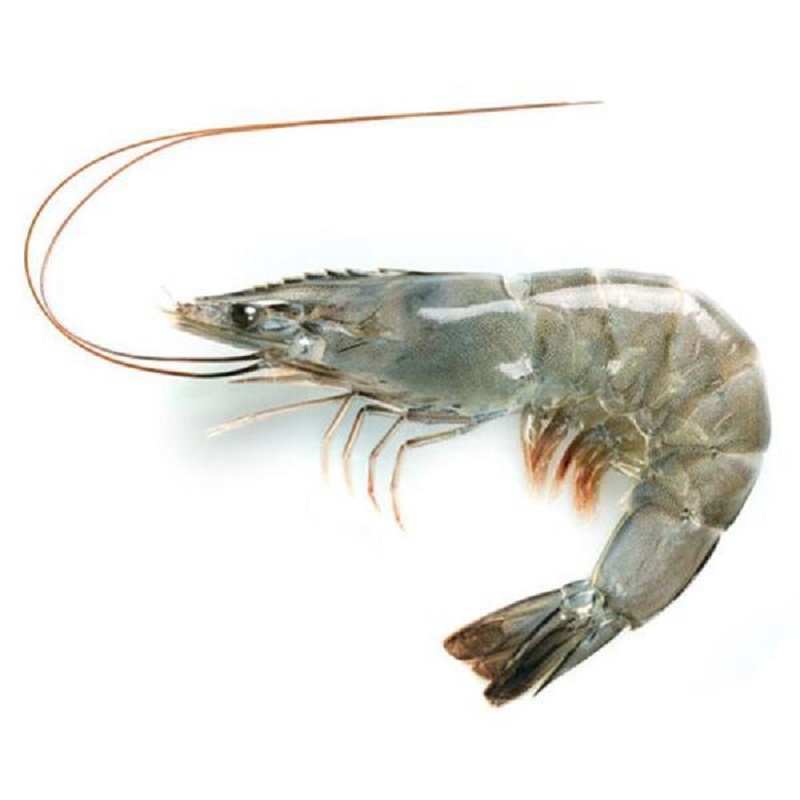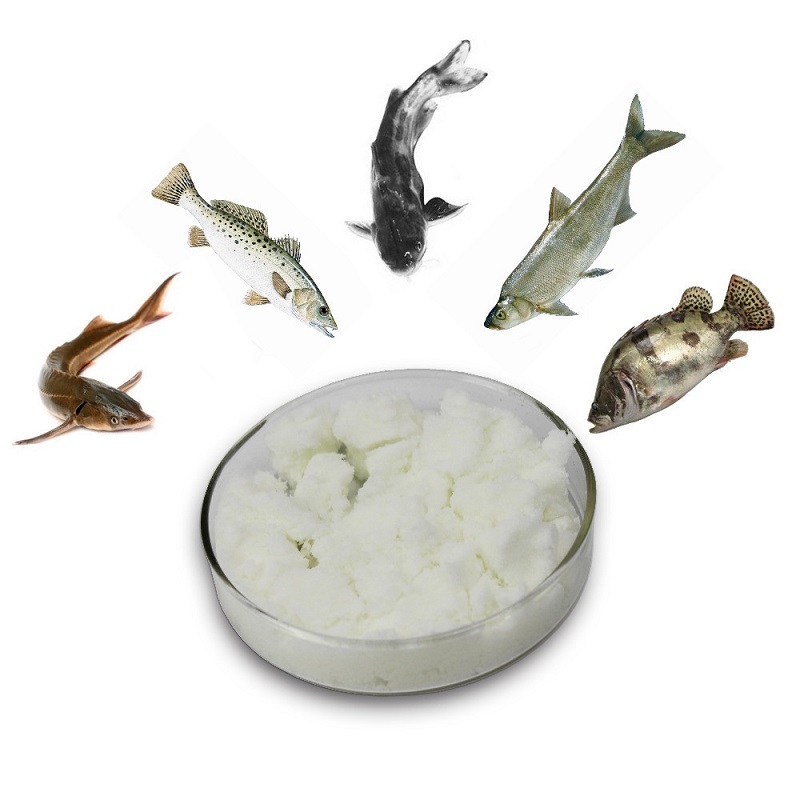Principle of betaine for Aquatic feed attractant
Betaine is glycine methyl lactone extracted from sugar beet processing by-product. It is a quaternary amine alkaloid. It is named betaine because it was first isolated from sugar beet molasses. Betaine mainly exists in the molasses of beet sugar and is common in plants. It is an efficient methyl donor in animals, participates in methyl metabolism in vivo, can replace part of methionine and choline in feed, and has the effects of promoting animal feeding and growth and improving feed utilization.
The principle of betaine food attraction is to stimulate the smell and taste of fish and shrimp by having unique sweetness and sensitive freshness of fish and shrimp, so as to achieve the purpose of food attraction. Adding 0.5% ~ 1.5% betaine to fish feed has a strong stimulating effect on the smell and taste of all fish, shrimp and other crustaceans, with strong food attraction, improving feed palatability, shortening feeding time Promote digestion and absorption, accelerate the growth of fish and shrimp, and avoid water pollution caused by feed waste.
Betaine can promote the growth of fish and shrimp, enhance disease resistance and immunity, improve the survival rate and feed conversion rate. The addition of betaine has a significant effect on promoting the growth of young fish and shrimp and improving the survival rate. The weight gain of rainbow trout fed with betaine increased by 23.5%, and the feed coefficient decreased by 14.01%; The weight gain of Atlantic salmon increased by 31.9% and the feed coefficient decreased by 20.8%. When 0.3% ~ 0.5% betaine was added to the compound diet of 2-month-old carp, the daily gain increased by 41% ~ 49% and the feed coefficient decreased by 14% ~ 24%. The addition of 0.3% pure or compound betaine in the feed can significantly promote the growth of tilapia and reduce the feed coefficient. When 1.5% betaine was added to the diet of river crab, the net weight gain of river crab was increased by 95.3% and the survival rate was increased by 38%.

